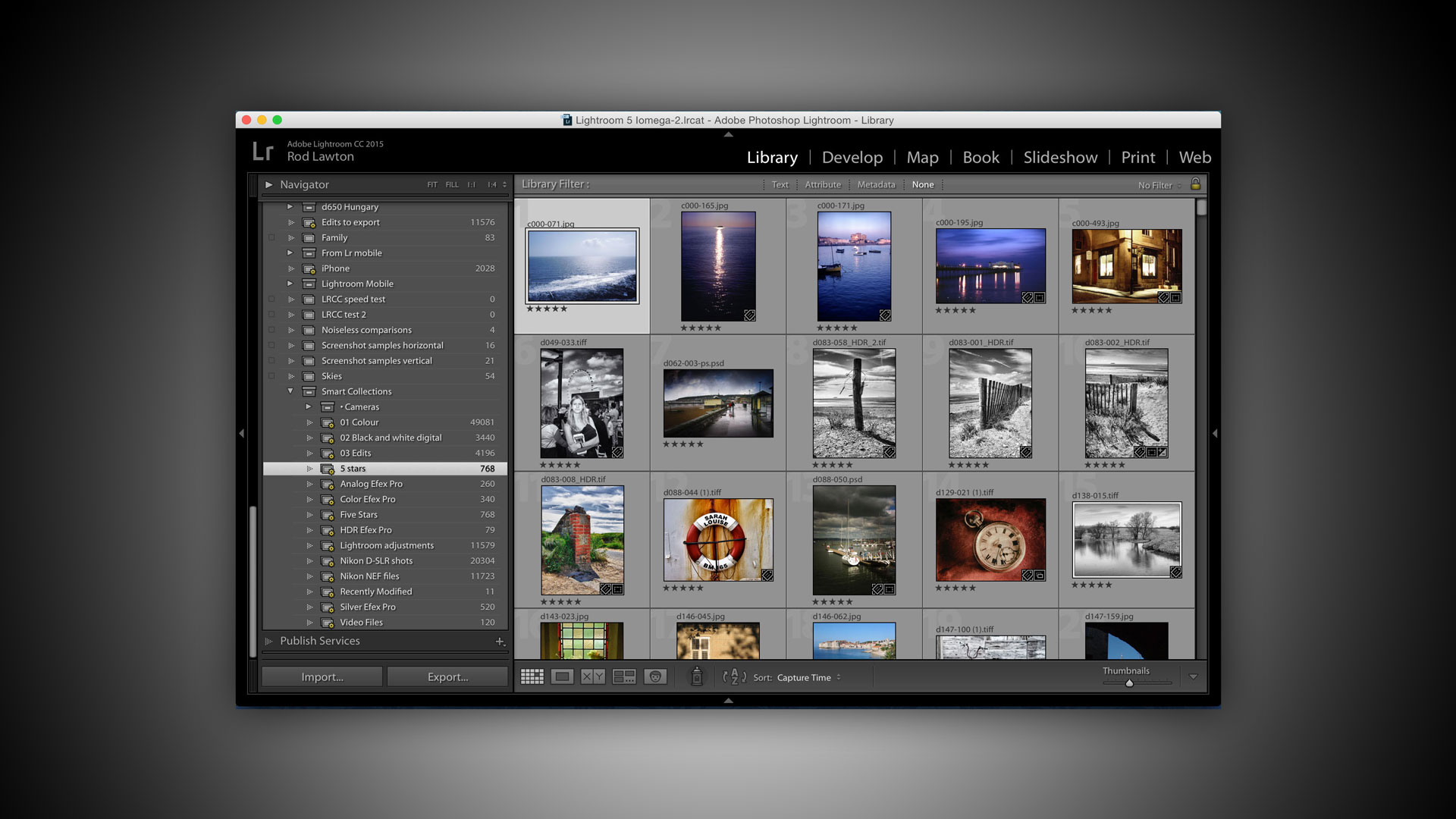
It has in-built lens correction profiles to counteract distortion and chromatic aberration in lenses, and it has geometric correction tools for fixing perspective issues, like converging verticals in tall buildings. It can adjust exposure, contrast, 'clarity', white balance, saturation and more. Lightroom's editing tools are now so powerful, though, that you may not need a separate image editor for most of the things you do. Lightroom CC can synchronise collections with your mobile devices and Collections can also be viewed in online galleries. It can then show you your pictures in a Folder view showing the folders on your computer, but you can also create Collections (and Smart Collections) which are 'virtual' containers independent of the original folders and can form the basis of a fast, flexible and adaptable filing system for your photos – a photo can be in only one Folder but as many different Collections as you like. You start by importing photos into the Lightroom library. It's much more powerful and is designed for large image libraries consisting of countless individual folders, which it can filter, search and organize in seconds, regardless of where the photos are actually stored. It's fine for simple filing systems, but no good if you need to search for images by keyword, camera uses, location and a host of other possible parameters. Bridge is designed to show you the contents of folders on your hard disk in real time and with no centralised database to speed up searches. Lightroom is not the same as Bridge, Adobe's folder browsing tool. This is the Map module, where images with location date are displayed on a map.

The Lightroom interface is organized into 'modules'.


 0 kommentar(er)
0 kommentar(er)
